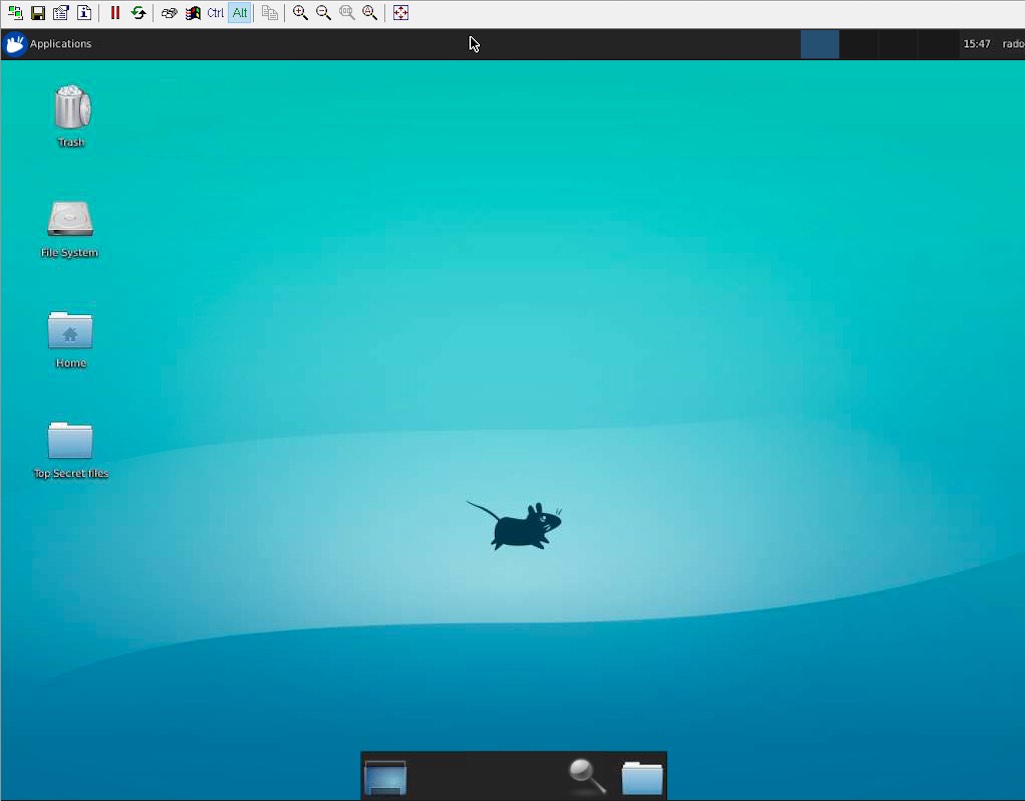Explore IoT With Remote Access: Your Guide To Xrdp!
In an age where connectivity reigns supreme, have you ever considered the possibilities of accessing and controlling your Internet of Things (IoT) devices from anywhere in the world?
Remote IoT Xrdp is the key that unlocks a new era of seamless device management and control, transforming the way we interact with our connected world.
The intersection of the Internet of Things (IoT) and Remote Desktop Protocol (RDP) has birthed a powerful solution: Remote IoT Xrdp. This innovative combination empowers users to access and control their IoT devices remotely, as if they were physically present at the device's location. This technology, born from the growing demands of remote work and the proliferation of IoT devices, has revolutionized how system administrators, IoT developers, and tech enthusiasts manage and interact with their devices.
The core of Remote IoT Xrdp lies in the Remote Desktop Protocol (RDP). Xrdp, or "x remote desktop protocol," allows users to access graphical interfaces of remote machines. Think of it as a window into your IoT devices, allowing you to view and control them using a familiar desktop environment, regardless of your physical location. The beauty of this lies in its versatility. Whether you're on Windows, macOS, iOS, or Android, you can connect to your IoT devices with ease. Furthermore, the transport of RDP is secured with TLS encryption by default, ensuring the safety of your data. This is particularly crucial in an era where data security is paramount.
Let's delve deeper into how this technology works. Imagine you have a Raspberry Pi acting as an IoT device. With Xrdp installed on this device, you can connect to its graphical interface from your computer, effectively mirroring the experience of sitting directly in front of the Pi. This eliminates the need for a command-line interface and allows for a user-friendly and intuitive control of your IoT system.
The applications of Remote IoT Xrdp are vast and varied. It proves invaluable in managing headless Linux servers, offering a graphical interface to these devices. It also streamlines the management of IoT devices in remote locations, making it ideal for applications such as vehicle tracking, supply chain optimization, and industrial automation. Furthermore, the benefits extend beyond mere convenience; it streamlines operations, enhances productivity, and ultimately, provides full control over your IoT, no matter where you are.
| Aspect | Details |
|---|---|
| Technology | Remote Desktop Protocol (RDP) combined with Internet of Things (IoT) |
| Primary Purpose | To remotely access and control IoT devices, mirroring a physical presence at the device. |
| Key Components | RDP Clients (Windows, macOS, iOS, Android), Xrdp server (often on Linux) |
| Benefits | Remote access, simplified management, enhanced productivity, streamlined operations |
| Security | RDP transport encrypted using TLS by default. |
| Common Use Cases | Vehicle tracking, supply chain operations, headless server management, IoT device control |
| Primary Operating System | GNU/Linux |
| Example Software | Xrdp |
Reference: Wikipedia
SocketXP offers an IoT remote access solution, allowing you to access your IoT desktop remotely from anywhere using a computer. This means saying goodbye to the command-line interface and embracing a familiar desktop environment on your IoT device. This provides you with the full control you need, just as if you were sitting directly in front of the device. Also, many of these tools are compatible with Windows, macOS, iOS, and Android, ensuring broad accessibility.
To get started, you will often install Xrdp on your Linux device. Consider a Raspberry Pi, a popular choice for IoT projects. You'd open a terminal on your Pi and execute a command to install Xrdp. Following installation, you can configure the service to enable remote access. Then, using an RDP client like Microsoft Remote Desktop Client (available for Windows, macOS, iOS, and Android), you can connect to your Pi remotely. Furthermore, you might employ a service like remote.it, facilitating connections from outside your local network. The configurations can be made by accessing the configuration files in the /etc/xrdp directory. Typically, for basic connections, no changes are needed, but understanding these settings is crucial for advanced setups.
The power of Remote IoT Xrdp lies not just in its functionality, but also in its adaptability. It's a technology that continues to evolve, finding new applications and integrations. As the world becomes increasingly connected, the need for remote access and control of devices will only intensify. That includes everything from optimizing operations in the supply chain to providing enhanced vehicle tracking capabilities.
It is essential to understand how data security is ensured. RDP transport is encrypted using TLS by default, adding a layer of protection to the connection. This is a fundamental aspect, ensuring your data stays secure during remote access. You might also consider additional security measures, such as strong passwords and regularly updated software.
The installation of Xrdp typically involves a few simple steps. First, ensure your system is updated. Then, install Xrdp using your distribution's package manager. For example, on a Debian-based system like Ubuntu, you would often use the `apt` command. Once installed, you may need to configure a firewall to allow connections to the Xrdp port (usually port 3389). Lastly, restart the Xrdp service to apply the changes. This procedure is often straightforward, but the specifics may vary depending on your operating system and configuration.
The language of the future is the language of interconnectivity, and Remote IoT Xrdp speaks it fluently. Its a vital tool in this new digital age. Discover its capabilities and unlock a new level of efficiency and control in your IoT operations.

How To Master Remote IoT XRDP Tutorial Your Ultimate Guide For 2023
Exploring The Potential Of Remote IoT XRDP Revolutionizing Connectivity

IoT Remote Desktop (RDP) Access via xrdp from Windows SocketXP